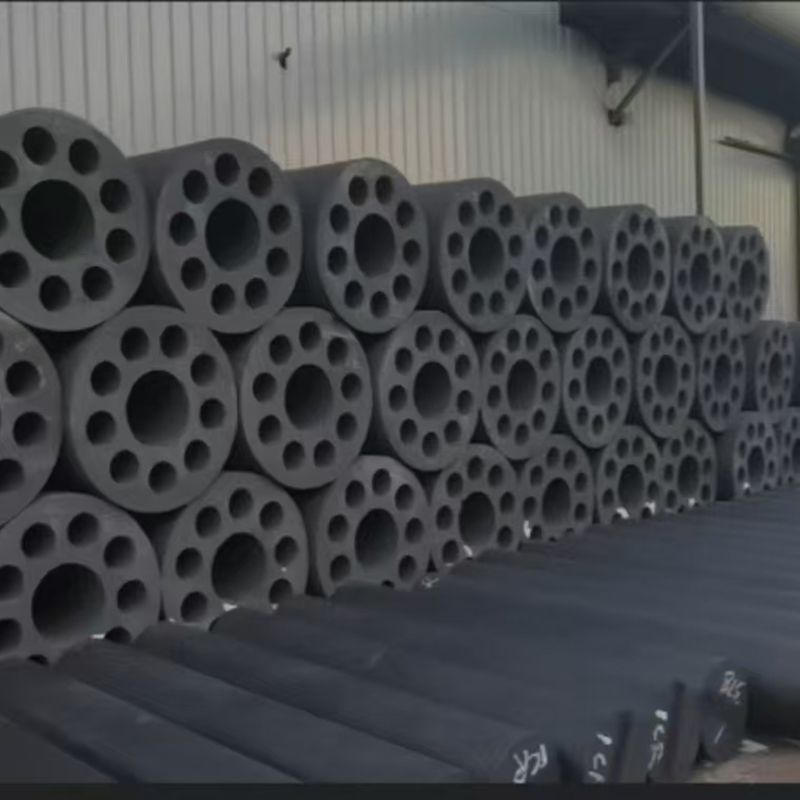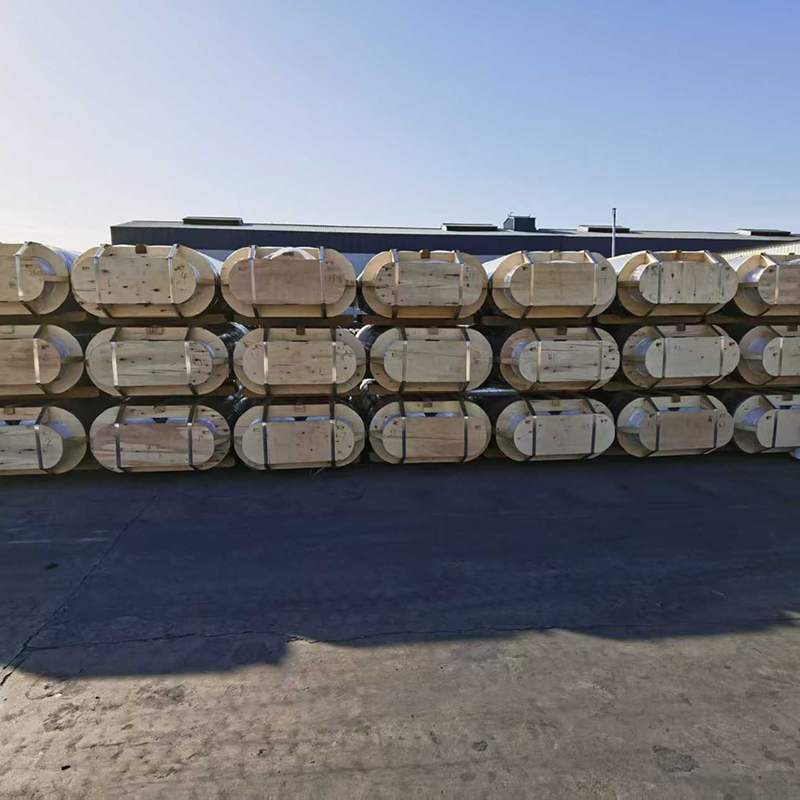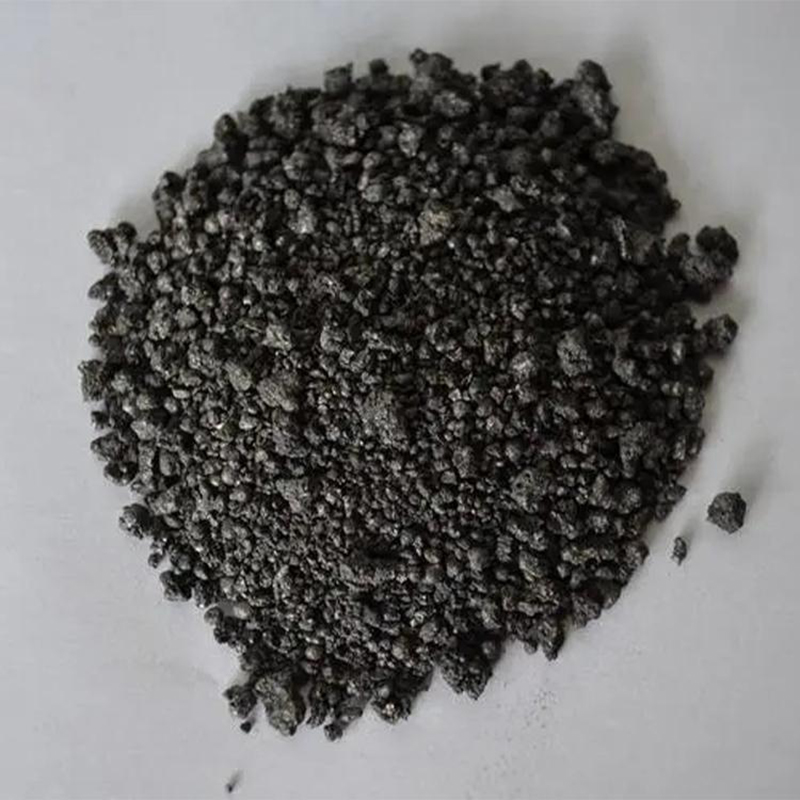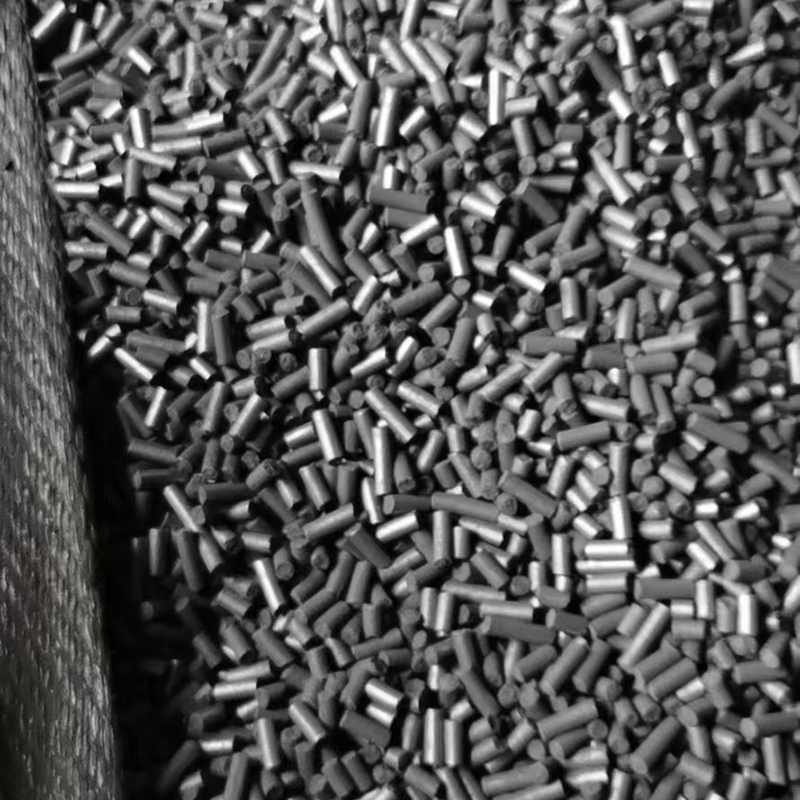- English
- Chinese
- French
- German
- Portuguese
- Spanish
- Russian
- Japanese
- Korean
- Arabic
- Irish
- Greek
- Turkish
- Italian
- Danish
- Romanian
- Indonesian
- Czech
- Afrikaans
- Swedish
- Polish
- Basque
- Catalan
- Esperanto
- Hindi
- Lao
- Albanian
- Amharic
- Armenian
- Azerbaijani
- Belarusian
- Bengali
- Bosnian
- Bulgarian
- Cebuano
- Chichewa
- Corsican
- Croatian
- Dutch
- Estonian
- Filipino
- Finnish
- Frisian
- Galician
- Georgian
- Gujarati
- Haitian
- Hausa
- Hawaiian
- Hebrew
- Hmong
- Hungarian
- Icelandic
- Igbo
- Javanese
- Kannada
- Kazakh
- Khmer
- Kurdish
- Kyrgyz
- Latin
- Latvian
- Lithuanian
- Luxembou..
- Macedonian
- Malagasy
- Malay
- Malayalam
- Maltese
- Maori
- Marathi
- Mongolian
- Burmese
- Nepali
- Norwegian
- Pashto
- Persian
- Punjabi
- Serbian
- Sesotho
- Sinhala
- Slovak
- Slovenian
- Somali
- Samoan
- Scots Gaelic
- Shona
- Sindhi
- Swahili
- Tajik
- Tamil
- Telugu
- Thai
- Ukrainian
- Urdu
- Uzbek
- Vietnamese
- Welsh
- Xhosa
- Yiddish
- Yoruba
- Zulu
- Kinyarwanda
- Tatar
- Oriya
- Turkmen
- Uyghur

How is coal tar pitch used in tech innovation?
2025-10-11
Coal tar pitch might sound archaic—a relic of the industrial past. But it’s undergoing something of a renaissance in tech innovation. It’s not just for paving roads or waterproofing anymore. Hidden behind the sleeker surfaces of our devices and the glittering facades of tech progress, coal tar pitch is finding new purpose. Let’s unravel how this happens.
The Surprising Role of Coal Tar Pitch in Modern Tech
First, let’s dispense with the myth: coal tar pitch is just not a ‘dirty’ material from the bygone industrial age. In fact, its complexities are harnessed for some of the most advanced applications you can think of. The key lies in its carbon content, which leads to the development of advanced carbon materials.
With companies like Hebei Yaofa Carbon Co., Ltd. on the forefront—check out their offerings at yaofatansu.com—the production of carbon materials is a field full of possibility. Their expertise, garnered from more than 20 years in the industry, backs the development of materials essential for tech applications.
Consider the role of graphite electrodes in electric arc furnaces which are instrumental in the production of steel. Coal tar pitch is playing a crucial support role here; its properties are leveraged in producing these electrodes, especially the UHP (Ultra High Power) grade which is vital when high currents are needed.
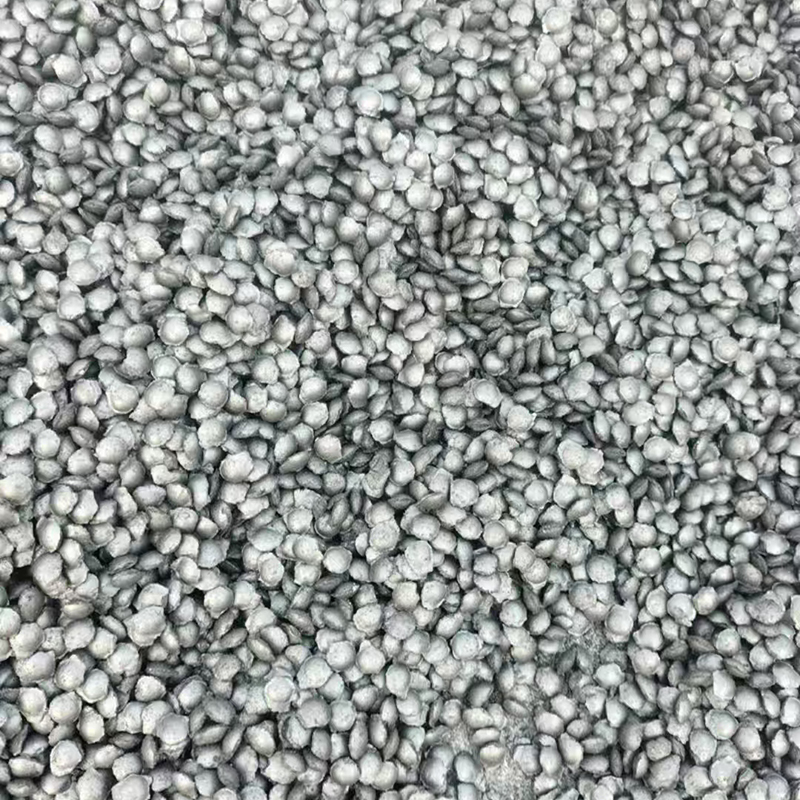
Battery Innovation and Carbon Materials
Now, pivot to consumer tech—smartphones, electric vehicles, renewable energy storage. Lithium-ion batteries rely on advanced carbon materials. Enter coal tar pitch. Its refined and processed form is integral to the anode material in lithium-ion batteries.
What you might not realize is that tweaking the carbon structure at a molecular level, achieved through coal tar pitch derivatives, impacts the efficiency and lifespan of a battery. This process isn’t straightforward, nor is it always successful at first go, but the persistent innovation drive makes it worthwhile.
It’s a field ripe with experimentation. Researchers sometimes encounter setbacks, like inconsistent performance due to variable feedstock characteristics. Not every batch behaves the same way, adding a layer of complexity to mass production.
The Challenges of Scalability
These technological leaps are not without hurdles. Specifically, scaling these innovations for mass application while maintaining environmental standards remains a challenge. It’s not just about developing the product but sustaining the process responsibly.
Companies like Hebei Yaofa are instrumental in addressing these issues with their focus on high-quality production standards that align with global expectations for environmental care. They’re working on making the production cycle of carbon additives more efficient and less pollutive.
Such endeavors speak to a broader industry challenge: how to balance scale with sustainability. As regulatory pressures mount, the industry is pushed towards cleaner processes, yet maintaining cost-efficiency remains paramount. Experience shows that this balancing act is more of an ongoing negotiation than a resolved formula.

More Than Just Electrodes
Beyond electrodes and batteries, coal tar pitch finds unique applications in other tech domains. Consider its use in carbon-fiber composites, increasingly used in aerospace and automotive industries for their high strength-to-weight ratio.
These composites are crucial for developing lighter, more efficient vehicles and aircraft, directly influencing fuel consumption and thus, emissions. However, innovation doesn’t stop with the first successful test. Each new composite iteration can potentially redefine industry benchmarks.
The integrity of pitch-derived carbon fibers under heat and stress conditions is a crucial metric. This determines how widely they can be adopted in high-performance applications. Continuous testing and validation shape the material’s evolution, often revealing surprising resilience and versatility.
The Path Forward
So, where does coal tar pitch stand in the future of tech? It’s clear it’s more than just a supportive player; it’s a material evolving with the industry. If anything, its traditional image contrasts with the cutting-edge roles it now occupies.
As companies push boundaries, the potential of coal tar pitch in tech applications will only broaden. From what I’ve observed, Hebei Yaofa and similar firms are on the cusp of significant breakthroughs. For companies at the pivot of this innovation, adaptation and foresight are not just virtues—they are necessities.
Ultimately, while coal tar pitch may not grab headlines like sleek gadgets do, its contributions reverberate through the very heart of what makes modern technology tick.






